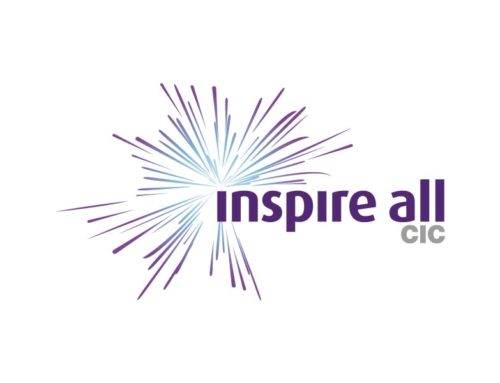Background
Past research demonstrates that relaxation techniques are efficacious for decreasing anxiety and fear in clients with anxiety disorders. These techniques are often included as part of treatment protocols for post-traumatic stress disorder (PTSD).
The group explored:
- A definition of Relaxation and Mindfulness
- A standard rationale for using relaxation and mindfulness techniques
- Techniques that are discussed and practiced in the group
Group Structure and Content
The group consists of four 90-minute sessions held once weekly. The first 25 minutes of each session is psychoeducational. This format allows the therapist to enhance salience and motivation. Group content is based on a compilation of techniques, drawn from the writings of experts working in the field.
The remainder of the group is devoted to learning and practicing one of 4 relaxation and mindfulness techniques, each proven efficacious in the reduction of anxiety. Inclusion of four different techniques each week maximizes exposure to a variety of relaxation methods.
These techniques include, calm breathing, deep muscle relaxation, progressive muscle relaxation, visualisation, self-guided imagery, heightened awareness, and grounding, introduced during the practice portion of each session.
Clients are encouraged to practice each technique between sessions to ascertain which is the most useful for them, and practice ensures it is familiar to them when feeling anxious, depressed, or stressed, and can thereby be used.
Testimonial Content







